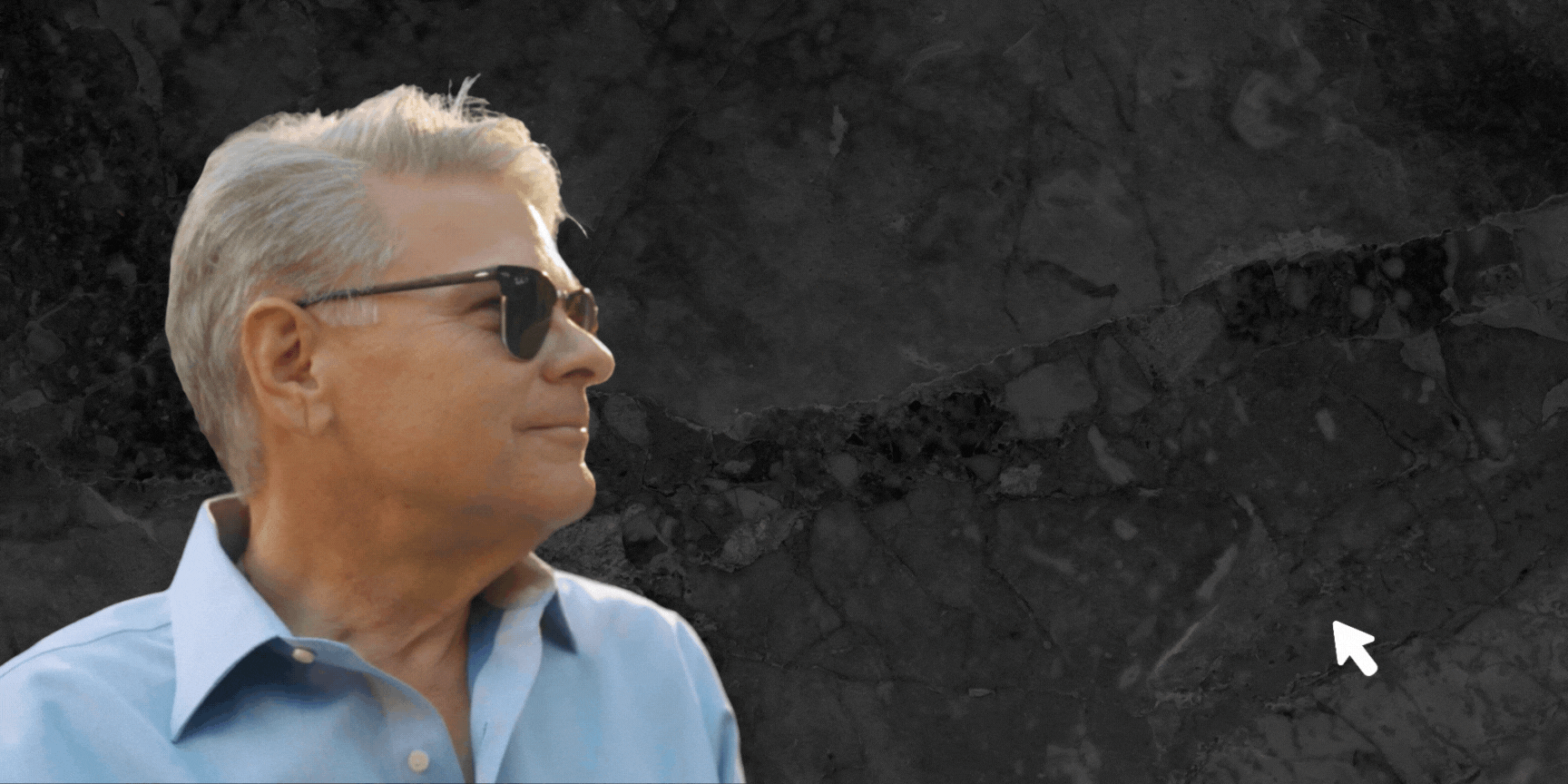In the ever-evolving landscape of San Jose real estate, the sale of this classic California ranch style home stands out as a testament to strategic renovation and savvy market timing. This classic 4-bedroom, 2-bathroom single level house, built in 1979, had served as a rental property for approximately 35 years. When the latest set of tenants vacated the property, the owner decided it was time to sell the property. They had owned the property since 1989, when they paid $217,000 for the home. They held onto the property over several cycles of booms-and-busts in Silicon Valley, and operated it successfully with a very low vacancy rate for decades. But the time finally came when they were ready to move up their equity into another opportunity, so the owner seized the opportunity to transform the well-worn residence into a market-ready masterpiece example of classic California living.
Property Overview
- Type: Single-Family Residence
- Size: 1,353 sq ft
- Lot Size: 6,840 sq ft
- Year Built: 1979
- Bedrooms/Bathrooms: 4/2
- List Price: $1,000,000
- Sale Price: $1,285,000 (+28.5% over list)
The Renovation Journey
Recognizing the property’s “good bones,” the owner invested about $102,000 into a comprehensive renovation that revitalized the home’s appeal without altering its fundamental structure. The improvements included:
- Installation of a new roof
- Replacement of flooring throughout
- Installation of dual-pane windows
- Modernization of kitchen and bathrooms with all new cabinets, countertops, fixtures & tile
- Painted inside and out
- Updated tile work and lighting fixtures
- Sheetrocking + painting the garage
- Landscaping enhancements to boost curb appeal
Notably, the renovation maintained the original plumbing and wiring, focusing resources on visible and impactful improvements. Virtually everything was “new” on the property once the work was done, except:
- Foundation
- Framing
- Exterior Siding
- Central Furnace + Air Ducts
- Wiring / Electrical Panel
- Plumbing
The Dirty (and very common) Little Secret
One of the key reasons the seller was able to complete the renovation at a relatively low cost—just $102,000 for a full cosmetic overhaul—was by working with an unlicensed crew for most of the improvements (which is a very common practice, though not without risk). Using a crew such as this cut down on costs considerably – perhaps by as much as 40-50%, and also saved considerable time since permitting for some of the work would have necessitated various go-arounds with the city of San Jose. While this approach significantly reduced labor expenses, it did come with trade-offs, mostly regarding the possibility that a neighbor would report significant renovation work to the city with no posted permit, potentially risking a stop-work order, fines, and of course much greater city scrutiny.
The only permit obtained was for the brand-new roof, which was installed by a licensed roofing contractor in full compliance with city requirements. Most of the rest of the work (new flooring, kitchen and bath updates, painting, and landscaping) generally didn’t require permits under local code. That said, a few aspects of the renovation, like minor wall relocations, a rebuilt shower and tub, and the addition of recessed lighting and replacement of windows technically I believe should technically have been done with a permit.
By handling the pre-sale renovations in this way, the owner was able to turn around the property very quickly. In fact, the whole renovation process took only six weeks, from start to finish, including the roof, landscaping, and all the interior work noted previously. Time is money – and never more so than when you are shooting to capitalize on the vaunted spring selling season in Silicon Valley, which tends to have the highest prices of the year.
The seller made sure to disclose this to every prospective buyer and documented the improvements thoroughly. The eventual buyer, who submitted a strong, non-contingent offer with 30% down, was fully informed and comfortable with the situation. In today’s market, transparency builds trust, and this case showed how clear communication can prevent issues and help close the deal quickly.
Market Context and Strategy
At the time of sale, comparable properties in similar condition were fetching around $900,000. However, the strategic renovations positioned the home to stand out in the market. Employing a targeted marketing approach, the property was listed with a “2-day sale” strategy, holding open houses over a single weekend. This approach generated significant interest very quickly, resulting in six offers in just 2-3 days – with a sale price 28.5% over list price. The winning bid came from a buyer who offered 30% down with a non-contingent offer, leading to a smooth 25-day closing process. And all this was happening during a time of considerable market turbulence, with historic stock market volatility and surging bond yield rates.
This result helps to illustrate what I often tell people thinking of selling their homes: the sale price has nothing to do with the list price. By setting a list price, you’re not determining what the property is going to sell for – if that were the case, there’d be no reason not to just ask $100,000,000 for any home. Rather, the list price is actually a key part of the marketing strategy, and is really all about how long you’d like the property to be on the market before you get an acceptable offer.
While a $1,000,000 list price may seem low, it really wasn’t very low for the neighborhood. In fact, many tired and worn homes in the neighborhood did sell in the $900,000 range, with a $1,000,000 price point being very common for other such single-level ranch style homes of comparable square footage, lot size, and year of construction. But $1,000,000 is a major price point – many buyers begin and end their search on $1,000,000 (searching with a minimum or maximum price of $1,000,000). By setting a price to maximize exposure, we were able to draw significant traffic at the open houses, with 30-35 groups through on each of the two days it was held open. And I was sure to tell buyers that there was no offer review date; the seller could accept an offer at any moment, so serious buyers would be well-advised to get an offer in as soon as possible. This creates maximum urgency in buyers, further speeding the sale and pushing prices higher through competition and savvy negotiation.
Financial Outcome
- Pre-Renovation “as is” Market Value Estimate: $900,000
- Renovation Investment: $102,000
- Final Sale Price: $1,285,000
- Gross Profit: Approximately $283,000
- Improvement Return on Investment: 277%
This substantial return underscores the value of strategic renovations and effective marketing in maximizing property value.
Beating the Odds on a Profitable Silicon Valley Renovation
It’s no secret that most sellers don’t see strong returns from pre-sale renovations—something I’ve written about extensively. Studies like the Cost vs. Value Report and the NAR Remodeling Impact Report confirm that investments in kitchens, bathrooms, flooring, and other costly upgrades rarely return dollar-for-dollar, and in many cases, actually cause sellers to lose money. These reports consistently show that the average seller only recoups 60% to 80% of their investment, and often less when the work is done to personal tastes that don’t align with buyer expectations. That’s why I typically advise against full-scale remodels prior to selling, especially in moderately updated homes where buyers are likely to redo things anyway to suit their own preferences.
So why was this home an exception? In this case, the home had been a rental for nearly 30 years and was well below the neighborhood standard in both condition and presentation. The materials inside weren’t just dated; they were at or beyond the end of their usable life. The flooring was worn through, fixtures and finishes were deteriorated, and the overall feel of the home was tired and clapped out.
Because of this, the baseline market value of the home in its original condition was significantly depressed. By investing $102,000 strategically into visible improvements—new roof, fresh floors, modern windows, updated cabinets and counters, clean tile work, stylish lighting, and inviting landscaping—the seller effectively elevated the property from “fixer” status to turnkey, appealing directly to buyers looking for move-in-ready homes in a competitive price range.
That repositioning created demand. Instead of one or two investor offers below market, we had six serious buyers after just one weekend, ultimately resulting in a 277% return on the renovation investment. This wasn’t a fluke: it was a carefully planned strategy made possible because the home had such an unusually low starting point and such high upside potential.
Avoiding Capital Gains Tax Upon Sale
One key concern for the seller was how to handle the substantial capital gains. As mentioned earlier, they had purchased the property for $217,000 some 35 years ago. They put $102,000 into the home getting it ready for sale, which was really their only substantial capital improvement they’d made over all those decades of ownership. Of course, their cost-of-sale was also significant, at around $70,000 (commissions and closing costs). The numbers added up like this:
- Sale Price; $1,285,000
- Cost Basis: $217,000
- Capital Improvements: $102,000
- Cost of Sale: $70,000
- Taxable Gain: $896,000
- Potential Tax Due: $295,680
Note that had this been their primary residence, as married co-owners the sellers would have been able to claim a $500,00 capital gains tax exclusion, which would have reduced their taxable gain down to $396,000, and a tax bill of about $130,000.
Whether the tax bill is $300K for $130K, that’s a big chunk of change that most sellers would prefer to keep in their pockets. I’ll grant you that having so much taxable gain is a good problem to have, but few people relish the idea of paying so much in tax. That’s why it’s important to do some pre-sale tax planning to optimize the result.
In this case, the seller was able to pay $0 in tax at sale by executing a 1031 exchange, reinvesting the proceeds into a property in Gilroy intended for rental use. This move aligns with IRS guidelines, allowing for tax deferral on capital gains and exemplifying prudent financial planning in real estate transactions. However, a 1031 exchange can only be used when the property is not your primary residence. Had this been their primary residence, they would have needed to first move out and rent the property for a year or two and report that rental income on their taxes, and then do the 1031 exchange. In fact, this is not a bad way to go, but there are other ways to defer the tax which don’t require such a long wait (and the hassles of managing a tenant-occupied property).
But regardless of whether the home is owner-occupied or a rented income property, it’s important to know that there are other strategies for avoiding the capital gains tax on the sale. Before you make the decision to sell any property where you have a substantial amount of taxable gain, it’s wise to have a consultation with a professional who can help you craft a strategy to mitigate the taxes to the greatest degree possible.
Conclusion
The extraorindary results realized with the sale of this completely ordinary home illustrates the potential for significant financial gains through thoughtful property improvements and strategic sales approaches. By focusing on high-impact renovations and employing an effective marketing strategy, the owner transformed a long-term rental into a highly desirable home, achieving a remarkable return on investment even amidst market uncertainties.
This case serves as an inspiring example for property owners and investors considering similar ventures in the dynamic San Jose real estate market.
Homes for sale in San Jose’s Evergreen District
2
3
4
5
6
7
8
9
10
11
12
13
14
15
16
17
18
19
20
21
22
23
24
25



